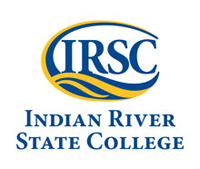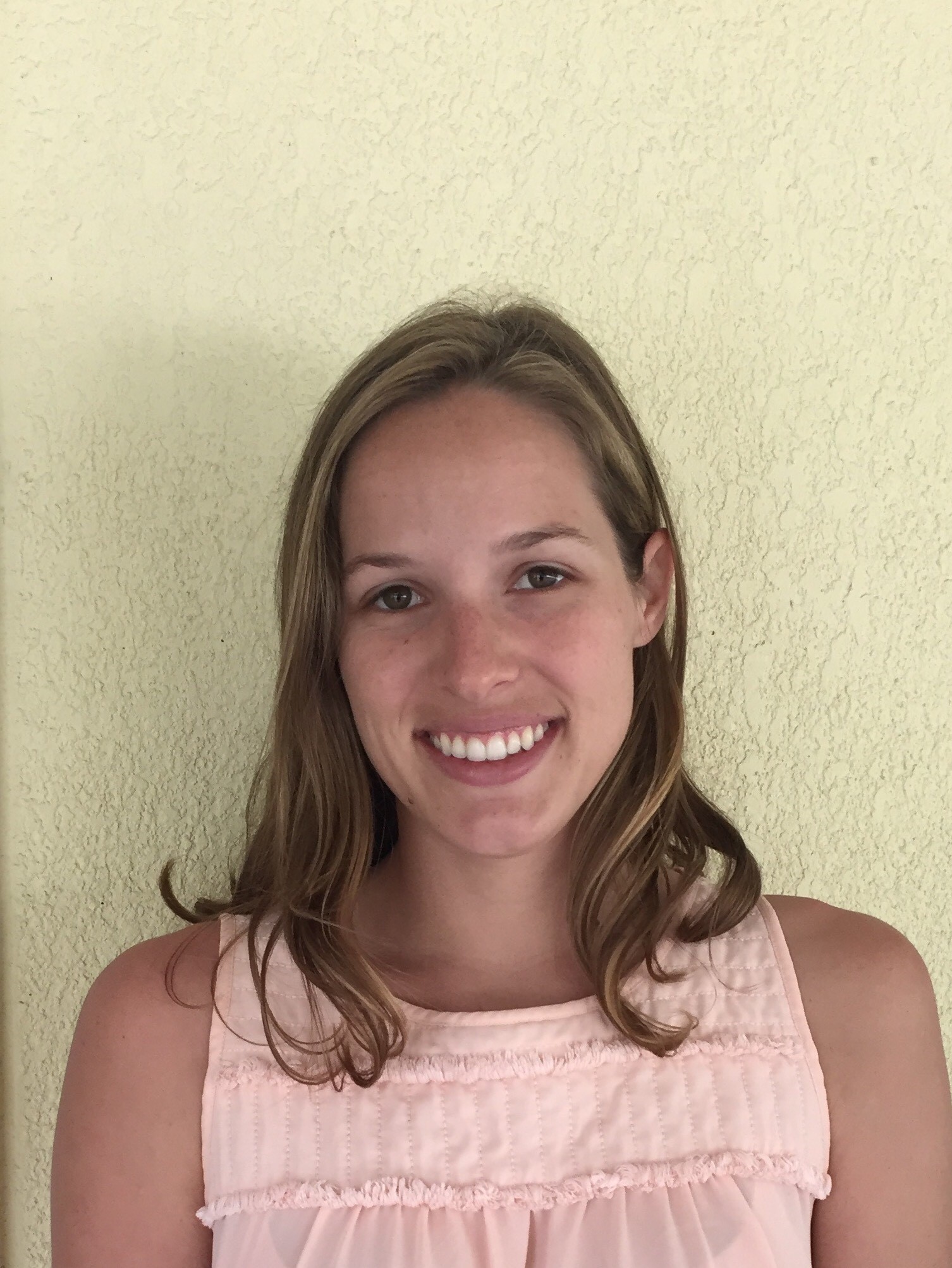Below is a summary of the abstract you submitted. Presenting author(s) is shown in bold.
If any changes need to be made, you can modify the abstract or change the authors.
You can also download a .docx version of this abstract.
If there are any problems, please email Dan at dar78@pitt.edu and he'll take care of them!
This abstract was last modified on May 5, 2017 at 4:05 p.m..

Cataloguing bacteriophage diversity, and the host range they infect, is important for increasing our understanding of the large and dynamic phage population. The Actinobacteriophage Database is extensive, with 10478 phage isolated from 13 genera of actinobacteria. Of these, 1988 phage have been sequenced. By far, the most extensive number of phage has been isolated and sequenced from Mycobacterium smegmatis (1358). In order to increase chances of isolating novel and diverse bacteriophage that infect M. smegmatis, enrichments were performed at 42°C. By using this approach, we identified two new phage, Rubeelu and Exilir, belonging to clusters which have not yet been observed in our previous isolations. Rubeelu, an N-cluster phage, has an interesting immunity region similar to that characterized in phage Butters. As in Butters, the attP site was determined to be within the repressor gene and putative attB sites were found in M. smegmatis tRNAs. The second M. smegmatis phage isolated, Exilir, was found to have a myoviridae morphology similar to C cluster phage. However, PCR analysis with cluster C-1 and C-2 primer sets were unsuccessful, suggesting a novel C-cluster or singleton phage. To further increase the likelihood of discovering novel phage, the alternative host Mycobacterium phlei was used, from which only 8 phage have been isolated. Frankie, an F1 subcluster phage, is one of two F cluster M. phlei phage. Other M. phlei phage are in the A3, A13, and B3 subclusters. These results suggest that M. phlei has been overlooked as a source for potential mycobacteriophage. To explore M. phlei’s potential, and to better understand host range dynamics, 29 mycobacteriophage from the SEA-PHAGES repository, and 12 mycobacteriophage isolated at IRSC, were assayed for their ability to infect both M. smegmatis and M. phlei. Several phage were able to cross-infect, and represent a broad range of subclusters (A2, A9, D1, G1, K2, K4, L3, M1, M3 and a singleton). These studies increase the diversity of isolated mycobacteriophage and provide important insights into the host range potential of M. smegmatis and M. phlei.


